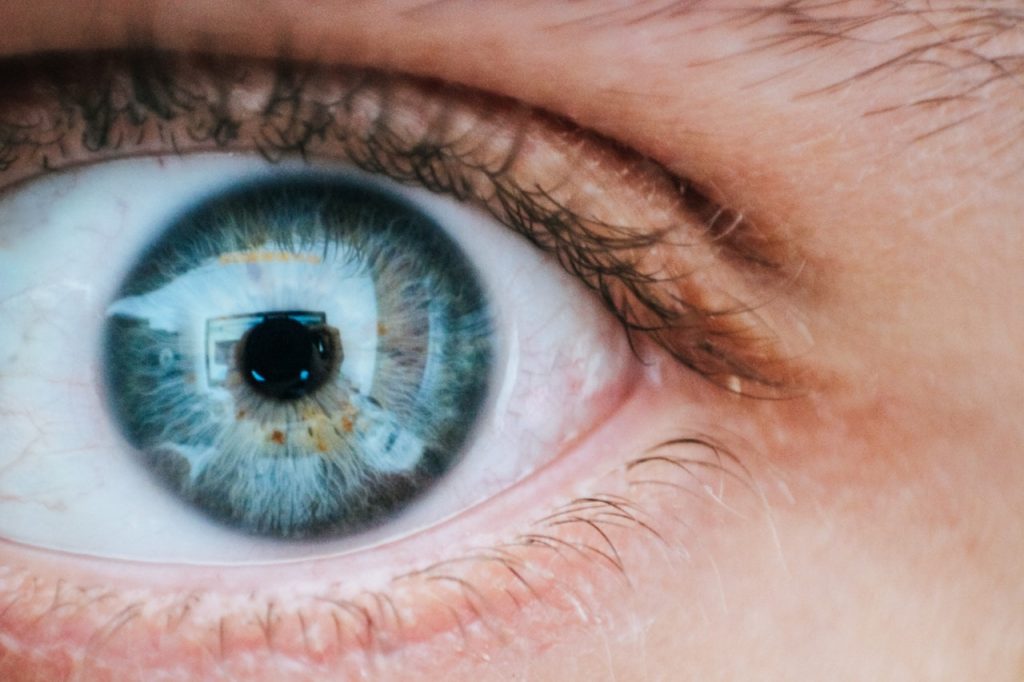How to Know if You Are Colorblind
If you frequently find yourself struggling to make out specific shades and hues of color or if people are frequently pointing out a discrepancy in your color perception (like mismatched clothes, for example) then there is a possibility that you may be color blind.
What is Colorblindness?
Trichromacy, which is normal color vision, receives its name from the three types of light cones that differentiate color. Colorblindness is a result of an abnormality in those cones, or photoreceptors, of the eye. Our eye’s light receptors transfer information to our brain about the colors reflected off of everything within our sight range.
What Causes Colorblindness?
About eight percent of men and half-a-percent of women have red-green colorblindness, which is the most common form. Because the photoreceptors in their eyes do not exist or are not functioning properly, they will not see one or more of the basic colors like red, green, or blue.
Colorblindness is primarily inherited through genetics, and the condition is present at birth. However, it can also be caused by an injury to the eye, aging, or conditions such as glaucoma, cataracts, diabetic retinopathy, or macular degeneration.
Color Deficiency
A color deficiency is different than total colorblindness. Total colorblindness means that an individual lacks color perception entirely—their world is black and white, while color deficiency occurs when an individual has difficulty perceiving one of the three main colors. However, most people talk about color blindness and deficiency interchangeably, or simply use the term colorblindness to describe both conditions.
Diagnosis
If you suspect that you are unable to accurately see all the shades and hues of the color spectrum accurately, like the red, green, and yellow hues of a stop-light, or if colors become dull, you may need to see a doctor, especially if you’ve experienced any eye trauma.
To determine whether or not you are truly colorblind, an optometrist will administer an Ishihara Color Test. This test requires you to look at a collection of colored dots that will form a number (if you’ve ever been to an optometrist, you’ve likely performed this test). If you are color blind or deficient, you will not be able to determine the complete number on the paper.
Unfortunately, there is no cure for colorblindness, but it is possible to live a full life with the condition. Personalized filters are one of the best ways to counter the condition’s effects. These special filters allow many patients to see a full range of colors and drive safely.

